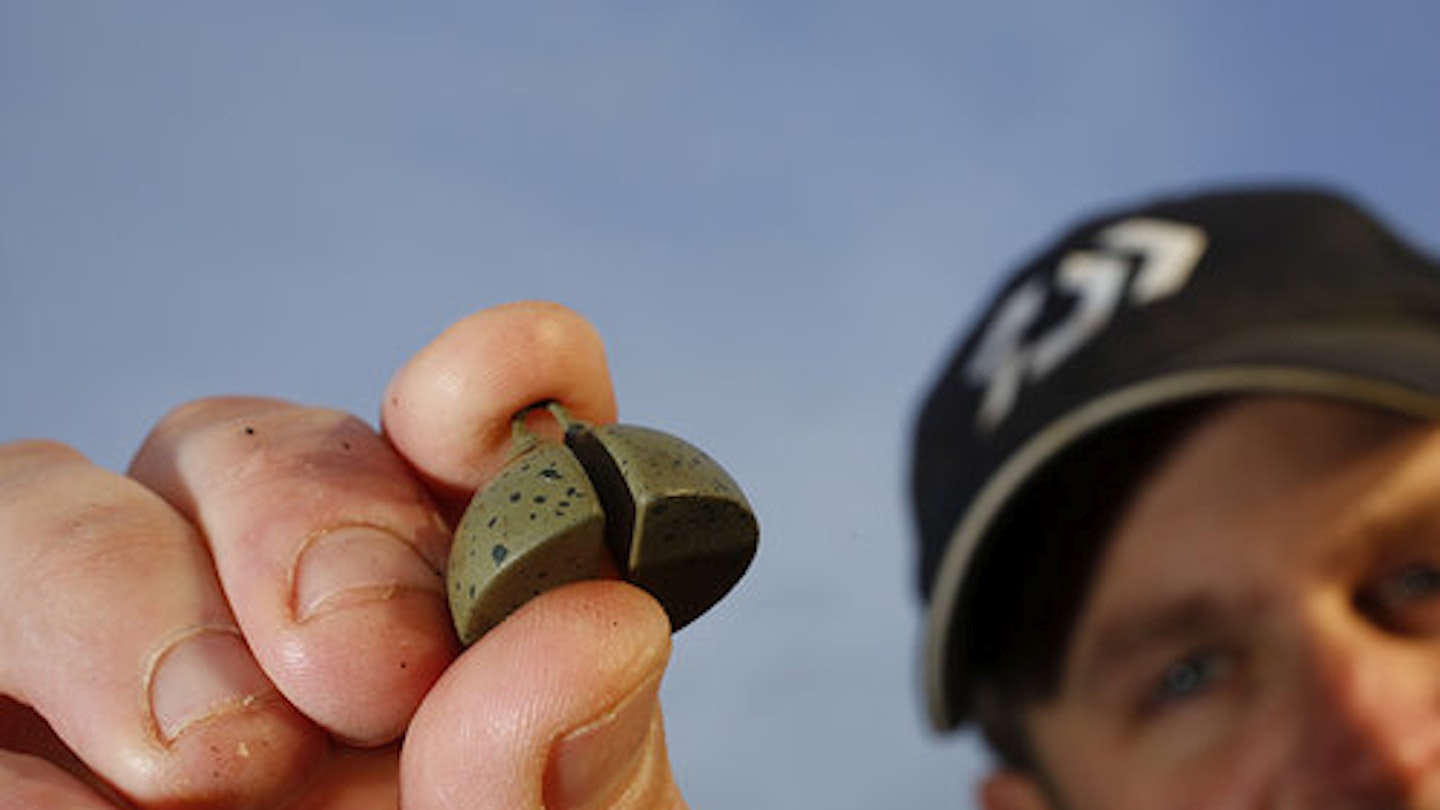Here are 10 pole fishing tips to help you next time you are on the bank, to give you the best tips possible for pole fishing we have enlisted the help of top match angler Steve Ringer. These tips will cover everything you need to know when it comes to improving your pole fishing game.
1) PLUMB YOUR PEG!
It never ceases to amaze me how many anglers don’t plumb the entire peg. Instead they look at the swim from above, make a snap decision and miss out on any underwater features not visible from above!
Features such as hard patches, slightly deeper or shallower areas and the bottoms of slopes are natural holding spots, but by not plumbing your peg properly you are potentially missing out.
So don’t forget to plumb the whole of your swim properly – it might reveal a fish-holding spot you never knew existed.
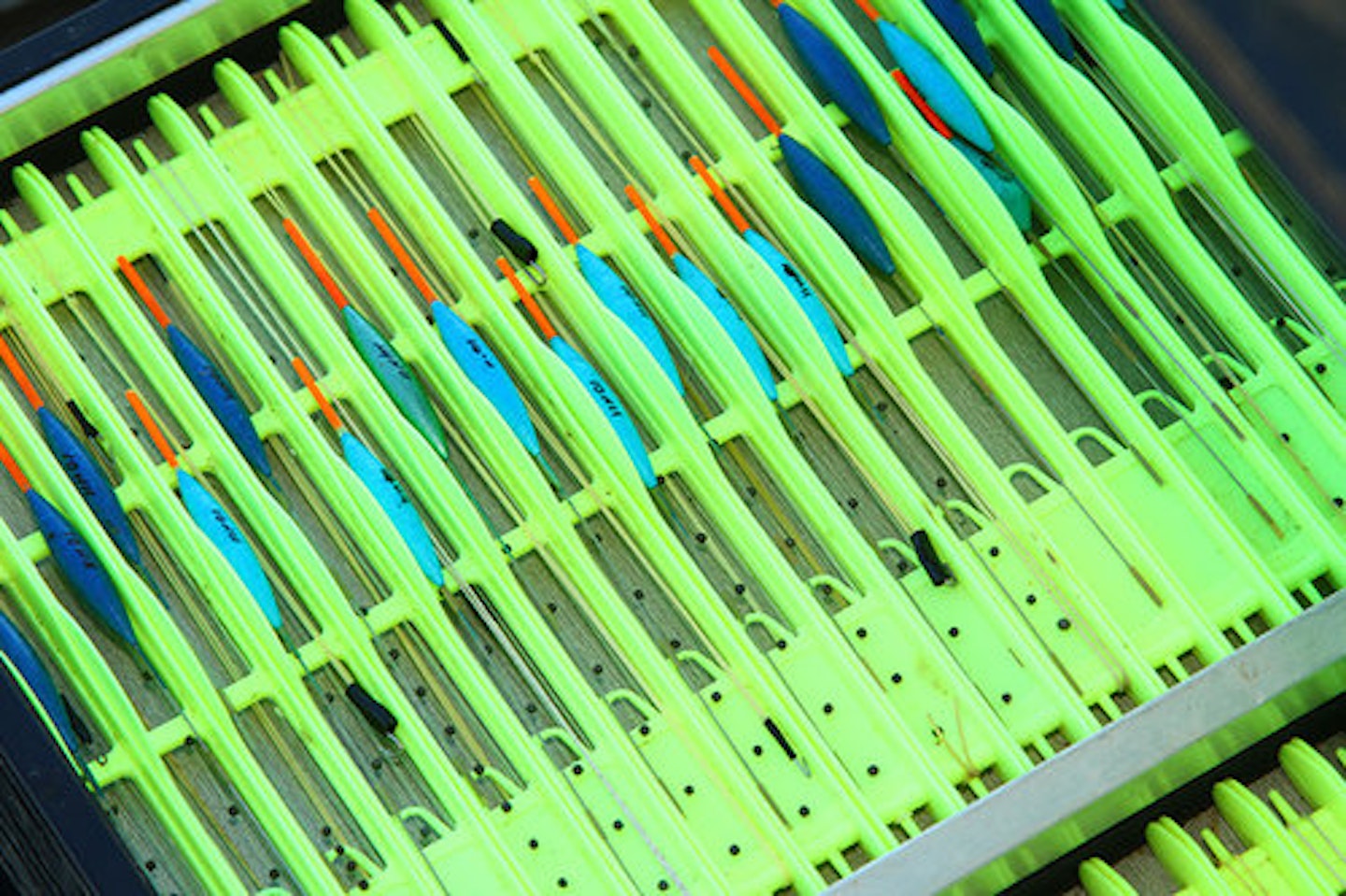
2) USE LIGHTER RIGS
I have long been maintained that light floats catch you more fish. In water 3ft-6ft deep I will think nothing of using a 4x10 float.
A light float gives a slower fall of the hookbait which I’m convinced leads to more bites. Carp spend a lot of their time off bottom but will follow a falling bait down before taking it.
A light float also allows the hookbait to behave in a natural manner, which helps to fool even the wariest of carp.
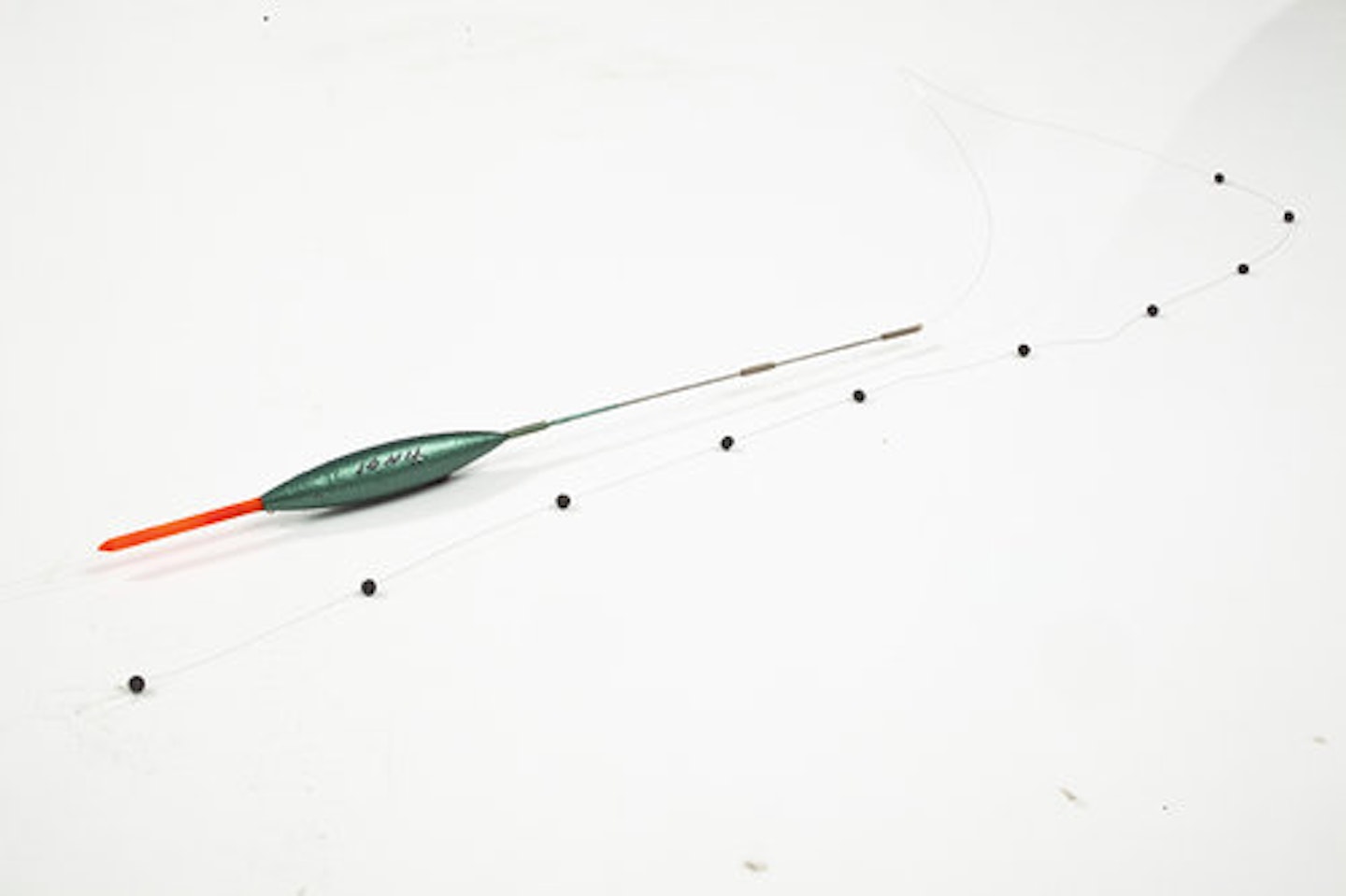
3) ADAPT YOUR SHOTTING
There are loads of different shotting patterns for pole rigs but for the last 20 years I have pretty much stuck to one for commercial carp – a strung-out bulk.
What I like about this is its versatility. If I want a slow fall of the hookbait I simply fish a loosely strung bulk – in 5ft of water the bottom shot will be 6ins from the hook and the rest of the droppers spaced at 1.5 inch intervals above.
If I require a more positive shotting pattern I can tighten the shots up. In 5ft of water the bottom shot will still be 6ins from the hook but the rest of the droppers will be spaced at 0.5ins intervals instead.
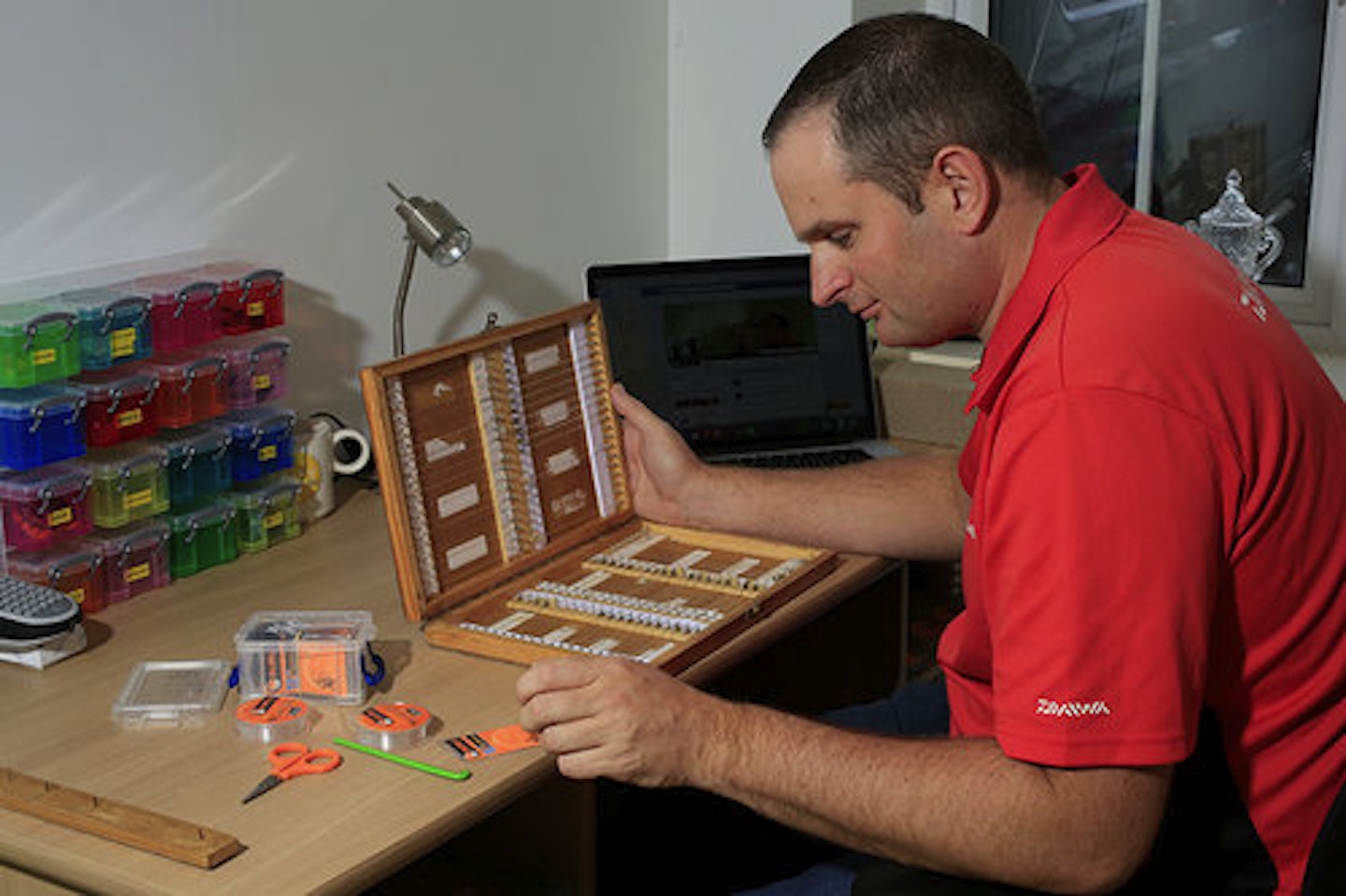
4) TIE SHORT HOOKLENGTHS
For pole fishing I use hooklengths of either 4ins or 6ins. The 4ins version is for shallow swims or fishing up in the water, the standard 6ins one for bottom work in water deeper than 3ft.
For shallow swims or fishing mid-depth a 6ins hooklength takes up too much of the rig itself and stops me putting shot close to the hook without putting it on the hooklength – something I’m reluctant to do.
Also, in deeper water a 6ins hooklength allows the hookbait a lot more movement, something which I always feel results in more bites.
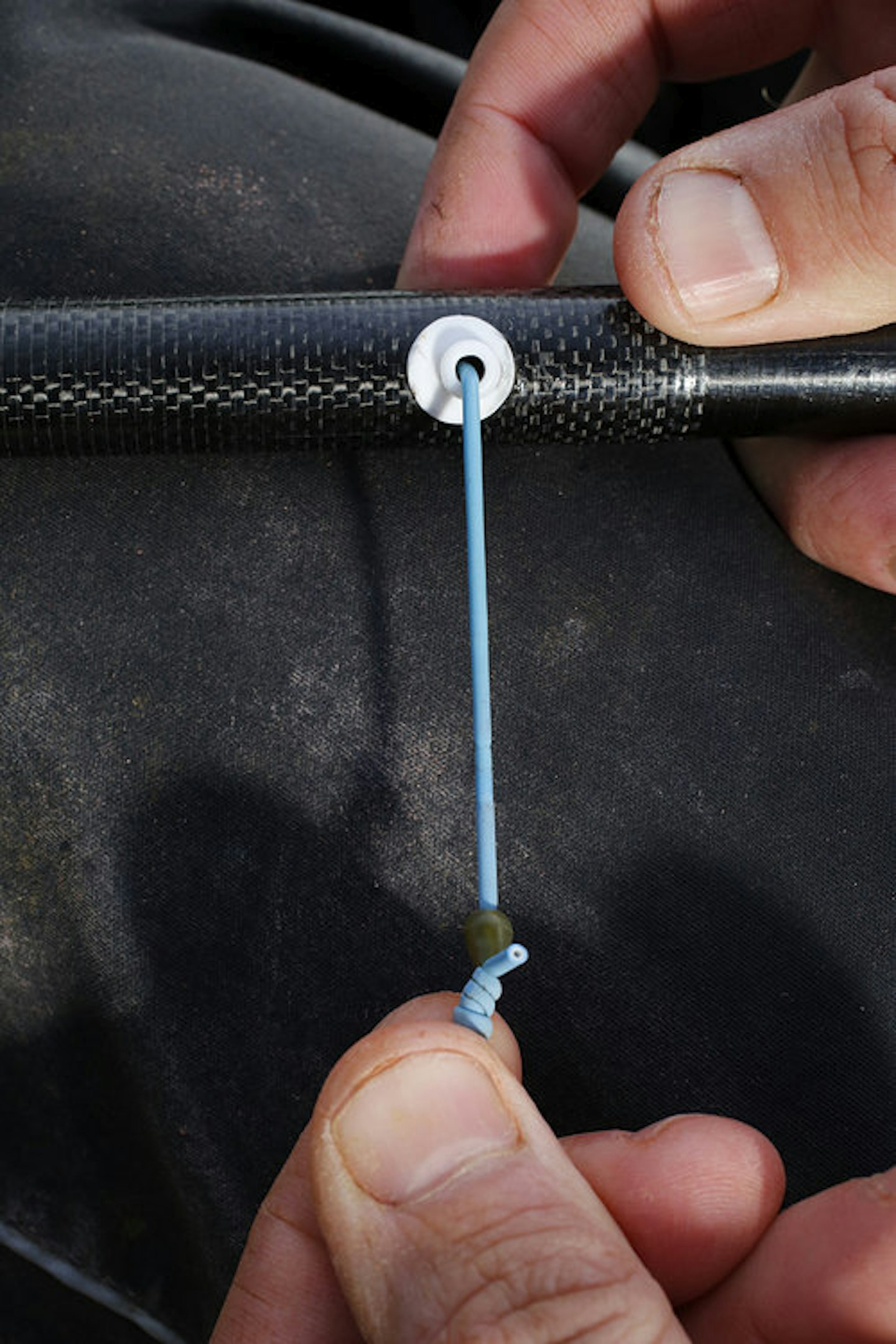
5) LEARN TO USE A PULLER KIT
Over the last few years I have become a massive fan of puller kits.
These allow me to fish light elastics, which stop fish being bumped, while giving me the ability to land fish of all sizes.
If I’m fishing a venue where there are lots of decent skimmers and also carp from 7lb-10lb I can now fish a White Hydro set soft and land those big skimmers.
Should a carp come along, by using the puller I’ll have a great chance of landing it without having silly amounts of pole stuck up in the air, risking breakages.
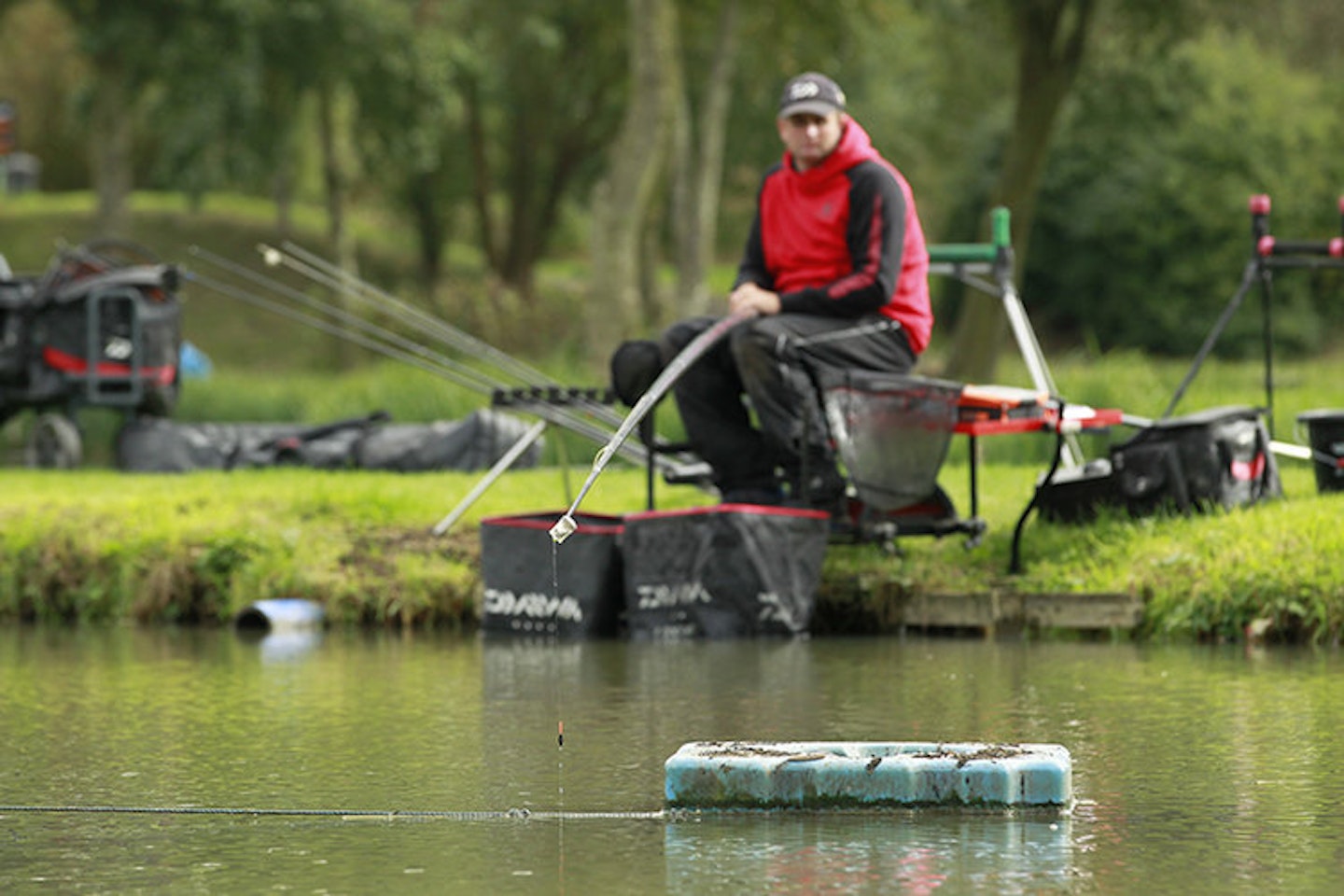
6) WORK THE AERATORS
Carp, F1s, and barbel all love to shoal up around features, so if you have any in your swim you need to make the most of them.
Perhaps the best right now are aerators. You’ll find that when they’re used regularly they will scour a deeper area in the bottom of the lake beneath them, and barbel in particular love to sit in these holes.
A little tip when targeting these features is always to start off fishing just off them as opposed to tight to them. This way you will get two bites at the cherry – you’ll catch a few fish straight away before it slows, then you can move closer to the aerator to catch a few more!
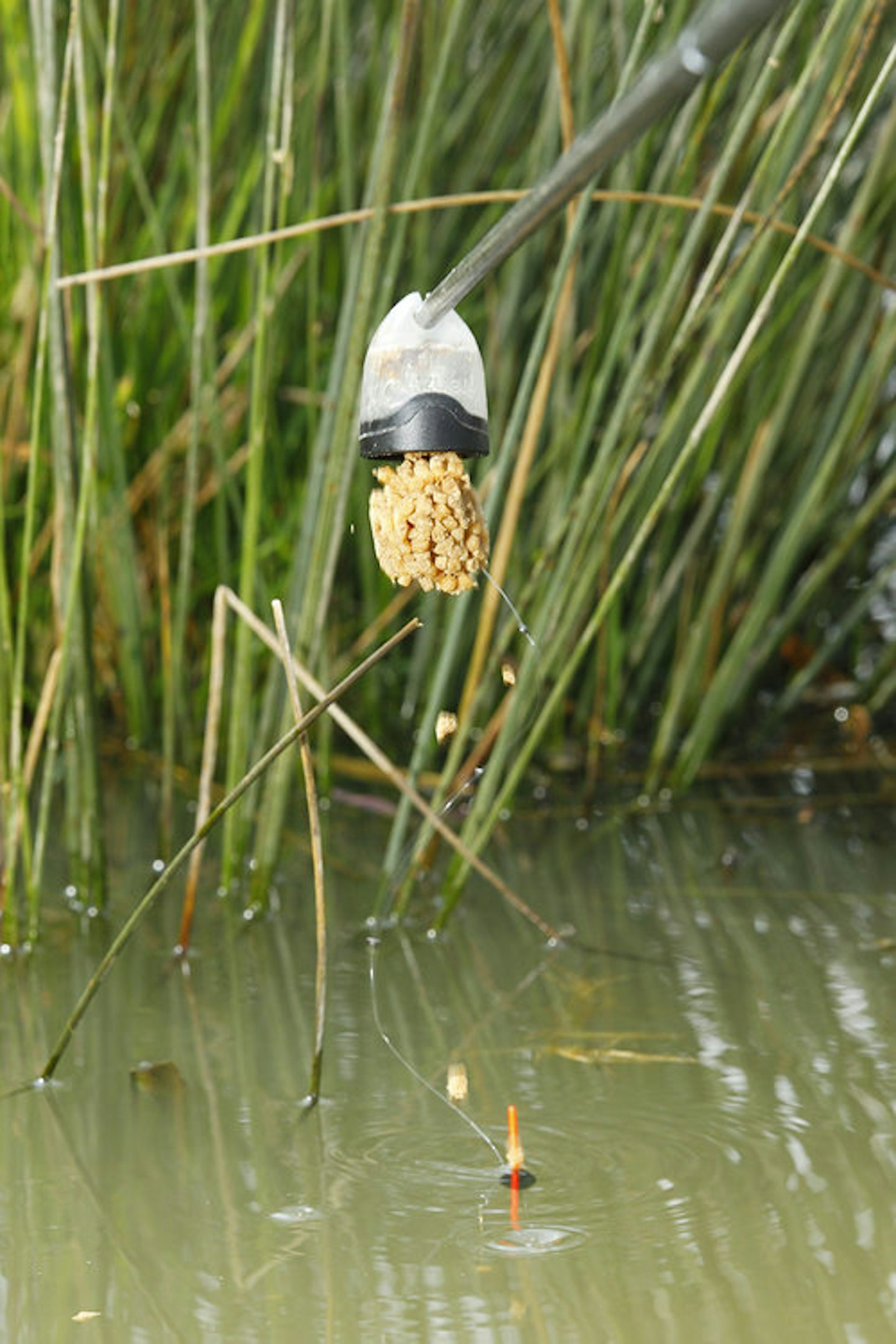
7) CREATE A CLOUD
When fishing in shallow water across to an island I’m a big believer in trying to put a cloud in the water. I’m convinced this will draw more fish into the swim and hold those that are already there.
There are lots of ways to make a cloud, but without doubt my favourite is to feed sloppy micros –in other words, over-wetted 2mm coarse pellets.
They’re easy to make. Just get some 2mm pellets and over-wet them until they turn into a slop. When fed, the slop creates a lovely fish-attracting cloud in the water. I then like to fish corn, meat or expanders on the hook.
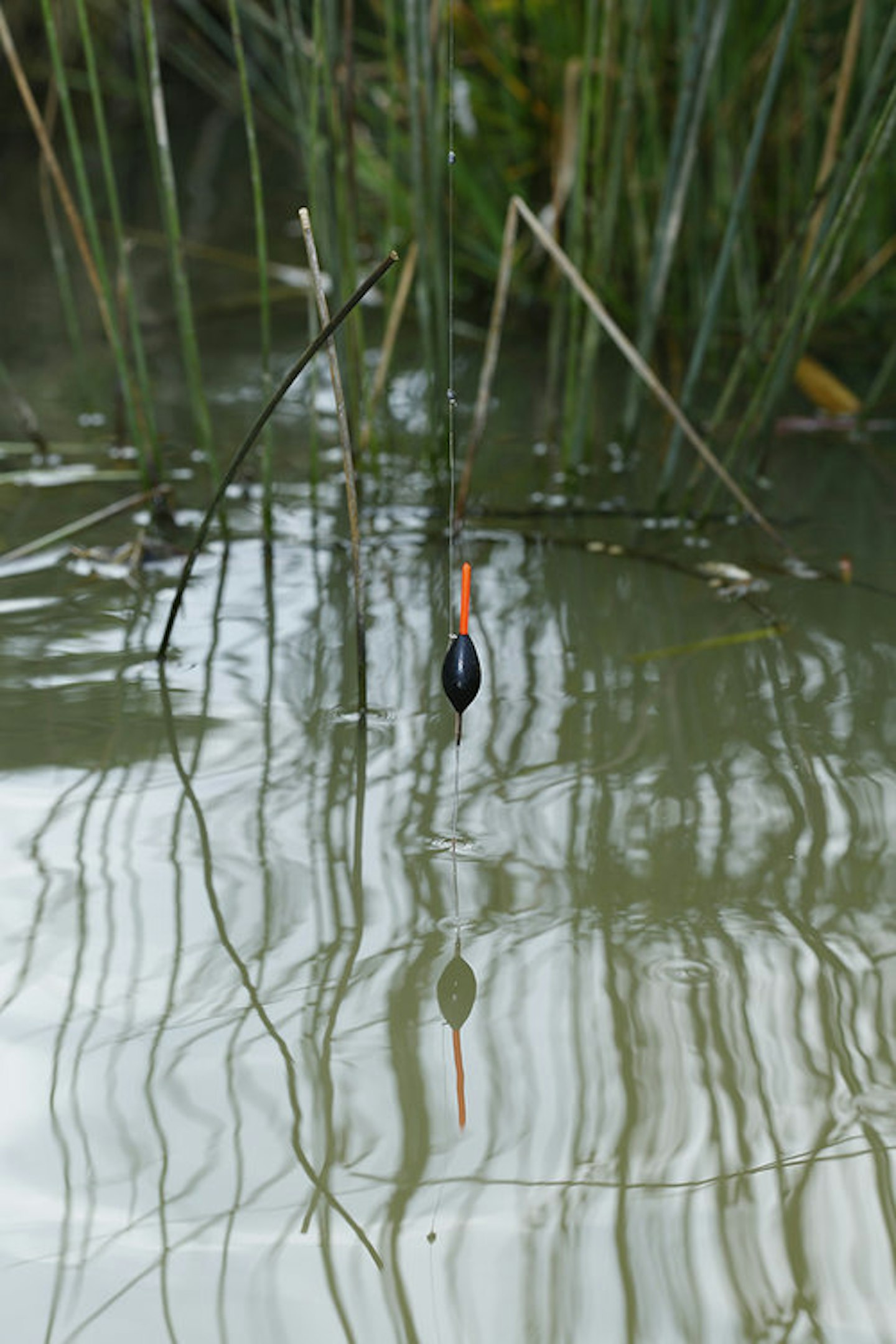
8) WORK YOUR RIG
To me there is nothing worse than just sitting there watching a motionless float and not doing anything about it.
I always like to believe there are fish present, and it’s my job to make sure they’ll have my bait.
One of the best ways of doing this is to lift and drop the float. This has the effect of causing the hookbait to rise and fall in the water, a movement that fish at times find irresistible.
When I say ‘lift and drop’ I don’t mean lifting the entire rig out and lowering it back in again.
Instead I lift the float between 4ins and 8ins, depending on the depth of water I’m fishing in, and then slowly lower it back in again. Bites tend to come as soon as the float settles.
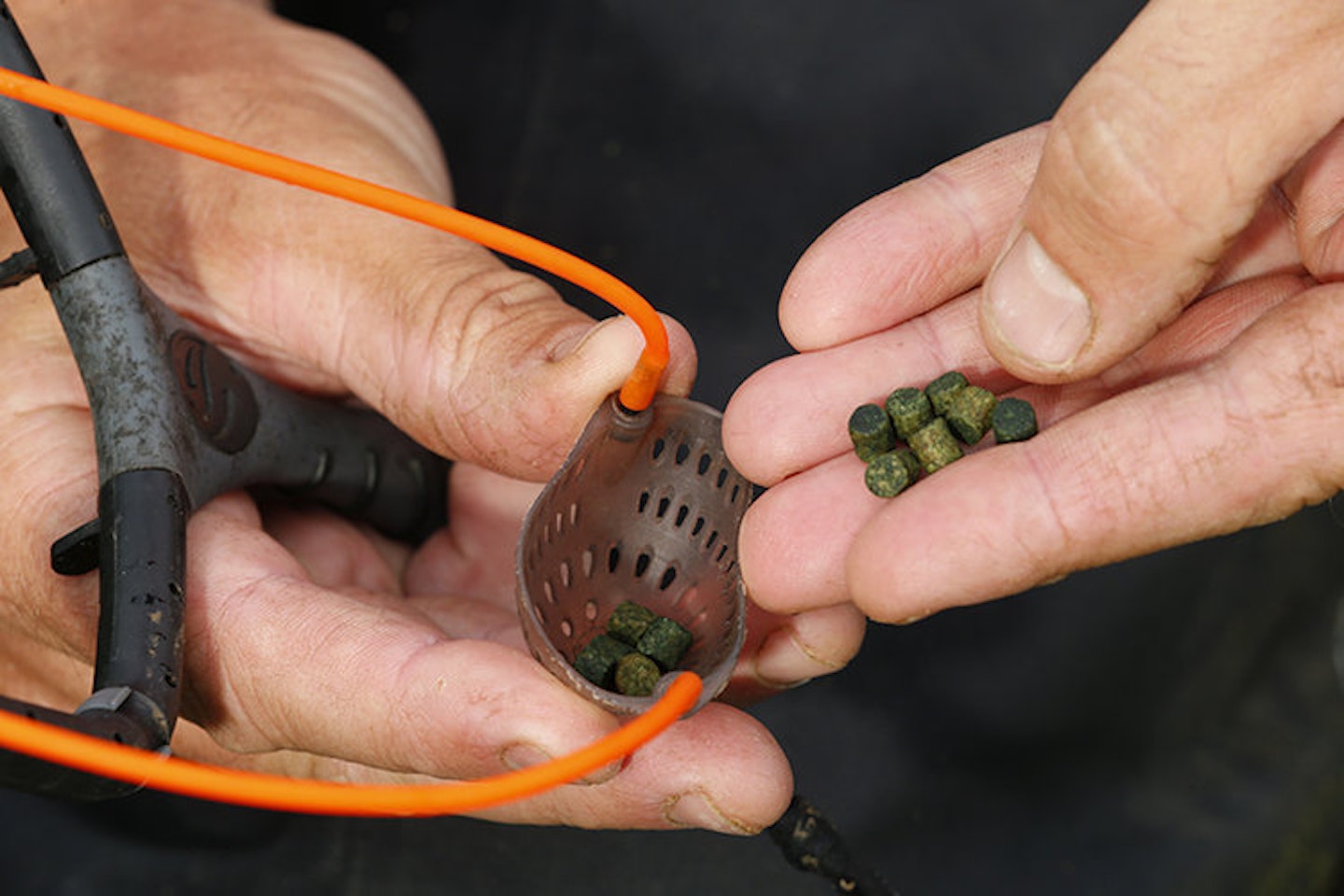
9) MAKE SOMETHING HAPPEN
Something I have always been a big believer in when pole fishing is trying to make it happen rather than just waiting for events to unfold.
So if I’m not getting any bites or indications, what I like to do is ping a few hard 4mm or 6mm pellets over the top of the float to try and pull a few fish into the swim.
I’m not talking loads of pellets here, just three or four at a time is enough.
Any fish in the area will then either hear the noise of the pellets hitting the water and home in on them or spot the pellets falling through the water column and follow them down.
The beauty of this approach is that I don’t have to feed a lot of bait, so if nothing happens or it doesn’t work I haven’t done any harm to the swim.
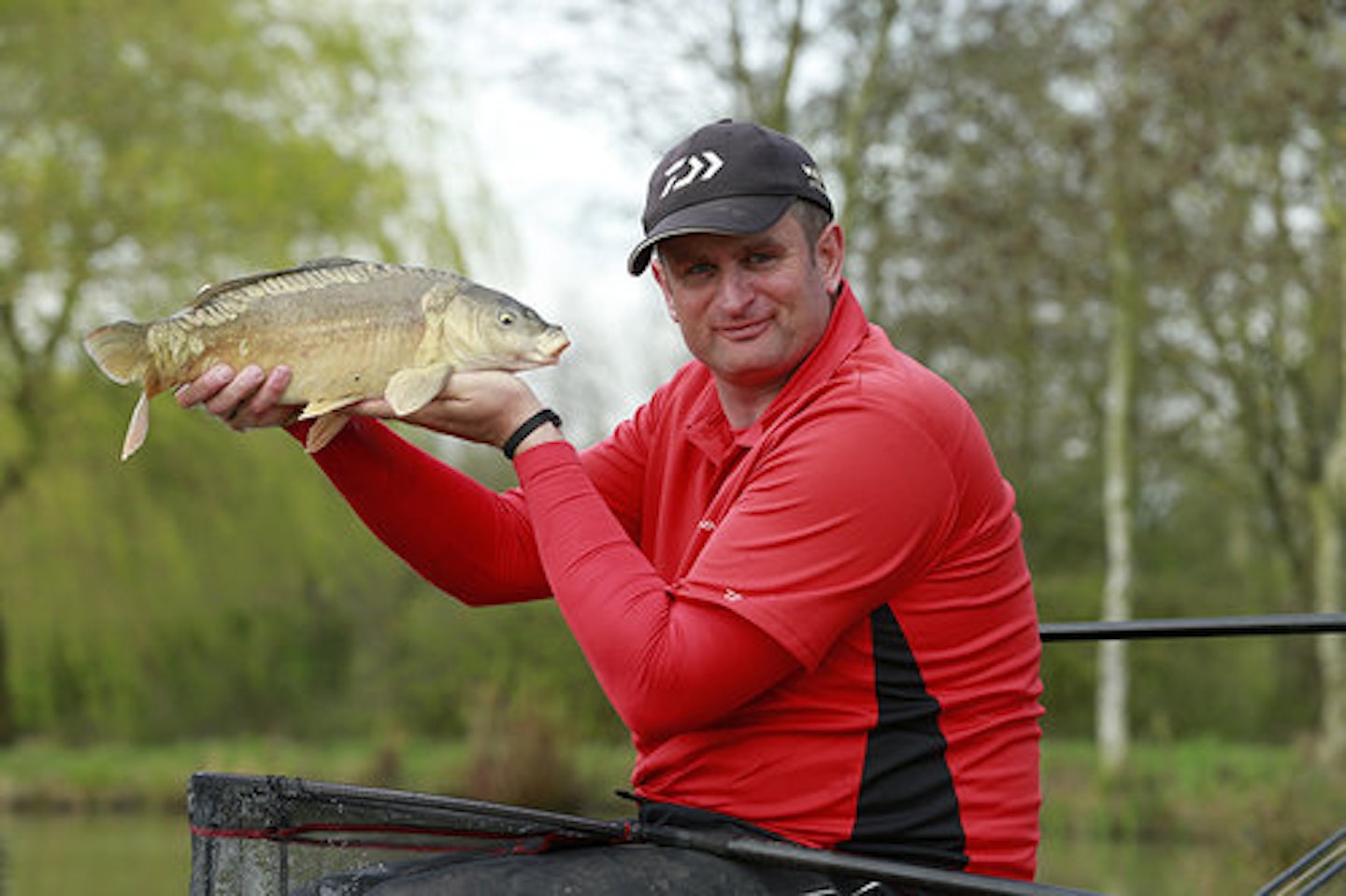
10) END ON THE KEEPNET LINE
Without doubt the most neglected line when fishing commercials is the ‘keepnet line’ – and fishing here is a deadly way to end your session.
This is an area of the swim I’ve mentioned in the past, yet I still rarely see anyone fishing it!
It’s somewhere that sees bait all the time, being constantly spilled as anglers either fill a pole pot or loosefeedby hand or catapult, and it’s a spot where fish have become accustomed to finding bait.
This isn’t a line I’d target from the start – it’s more like the margins, inasmuch as it’s a ‘last hour’ line.
The beauty of the keepnet line, though, is that you don’t have to prep it – you can just go on it and catch instantly.
I’ve had sessions where I’ve nearly doubled my weight in the last hour by fishing this spot – that’s how good it is!
